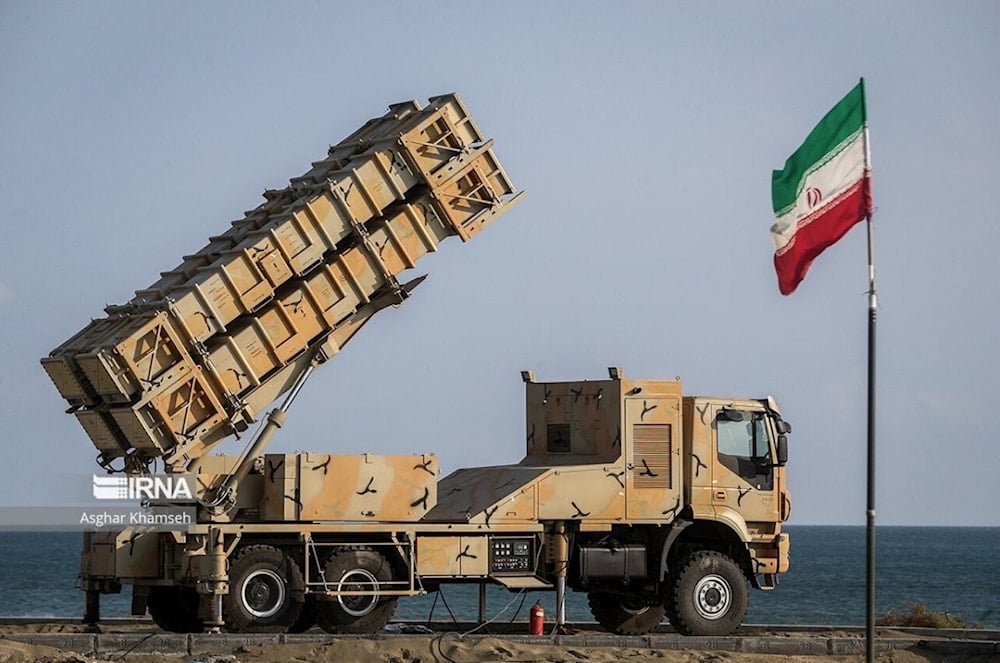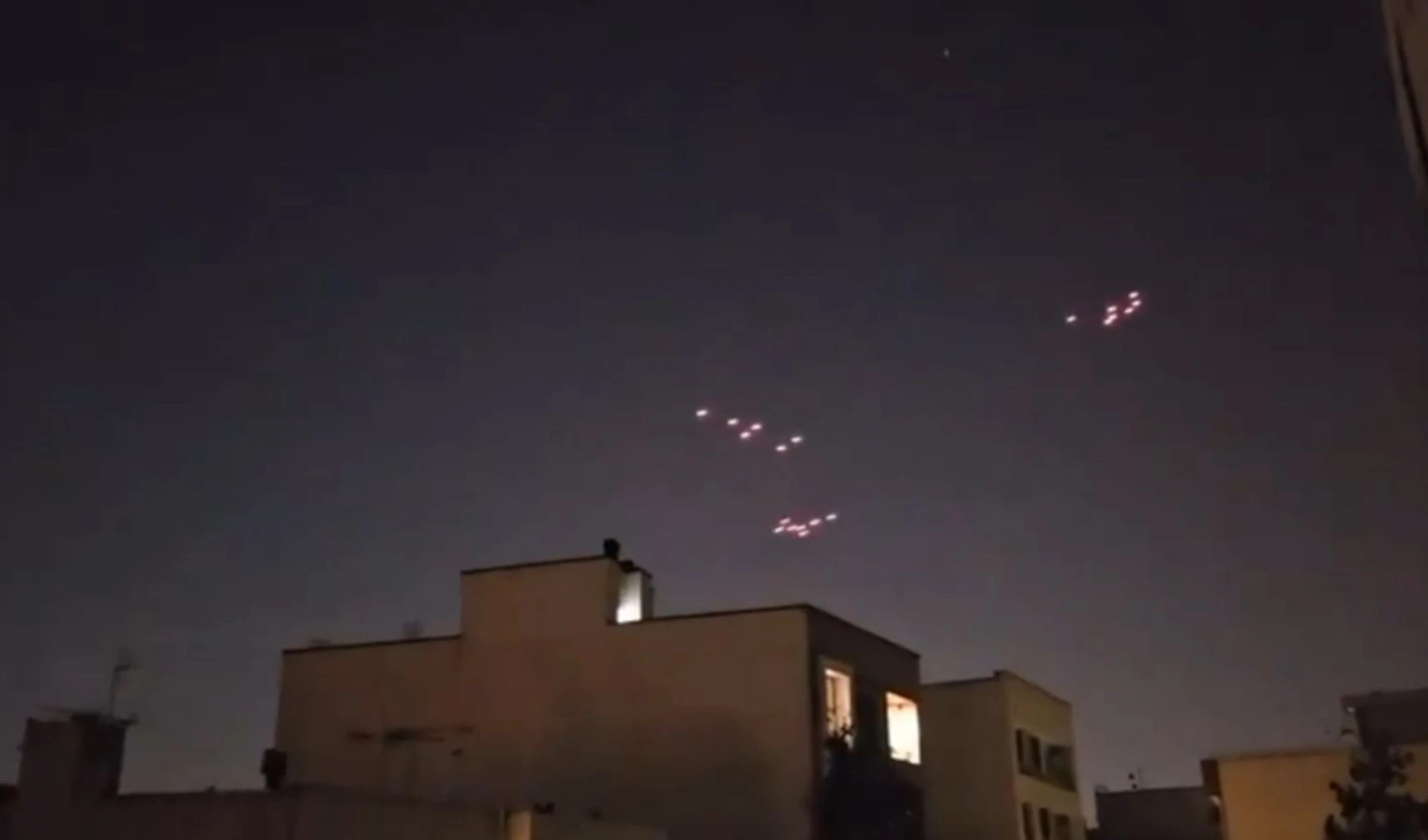Iran restores air defenses after Israeli strikes: IRNA
Iran rapidly restored its air defenses after Israeli attacks, launched a successful 12-day retaliatory campaign that exposed critical weaknesses in "Israel's" missile shield.
-

Iranian military confirmed that it has restored its air defense capabilities (IRNA)
Iran has swiftly restored all air defense systems damaged during the recent Israeli aggression, demonstrating both military readiness and strategic depth. According to Iranian Armed Forces Operations Chief Mahmoud Mousavi, the country's airspace is now fully secured. "Some of the air defense systems sustained damages, but thanks to the effort of the Iranian military, the damaged systems have been replaced, and currently, the airspace of Iran is under protection," he stated via IRNA.
"Israel's" unprovoked strikes, launched on June 13, targeted civilian, military, and nuclear sites in Iran, including the Hamadan and Tabriz air bases. The attack, which killed several civilians, was accompanied by acts of sabotage. But far from breaking Iran's defenses, the offensive triggered a powerful and coordinated response that shifted the balance on the battlefield.
Defense System Shattered
Iran's retaliatory campaign, which unfolded over 12 days, exposed serious flaws in what had long been touted as one of the world's most advanced air defense networks. According to a July 16 Wall Street Journal report, Iran used a strategy of adaptive warfare, adjusting missile types, trajectories, timing, and geographic spread, to challenge "Israel's" layered system. What began with 8% of Iranian missiles reaching their targets soon escalated to 16%, as Iran's tactics evolved and its precision improved.
One of the most significant blows came on June 22, when 10 out of 27 Iranian missiles reportedly hit their intended targets inside occupied territories. Despite years of Western claims that systems like Iron Dome, David's Sling, and Arrow would offer near-total protection, Iran's missiles successfully breached all four layers of Israeli defense.
Iran's use of the Fattah-1 hypersonic missile, capable of descending at over Mach 10 with a maneuverable warhead, marked a turning point. This weapon, which only the most advanced interceptors are theoretically able to counter, overwhelmed Israeli and US-backed systems alike. As interceptors became scarce and costly, "Israel" was forced to prioritize select threats, revealing the inherent weaknesses of its supposedly impregnable shield.
Read more: Iran never pursued war, regional insecurity: Pezeshkian
Strike Claims Collapse
As "Israel's" defenses buckled under sustained pressure, its Western backer attempted to reassert control. On June 22, the United States launched what it described as a one-time strike on Iran's nuclear facilities, with President Trump boldly claiming that the attack had "obliterated" key sites at Fordow, Natanz, and Isfahan. However, these assertions quickly fell apart under scrutiny.
According to a July 11 report by The Associated Press, officials from the US Defense Threat Reduction Agency (DTRA) acknowledged that they were unable to confirm whether their bunker-busting GBU-57 bombs had achieved their intended objective. Preliminary intelligence assessments confirmed only superficial damage, not destruction. A CNN investigation, citing three US intelligence sources, further revealed that the strike had failed to neutralize core components of Iran's nuclear infrastructure and would, at most, delay Iran's peaceful nuclear program by mere months.
Facing embarrassment, the Trump administration cracked down on media leaks and limited classified intelligence sharing with Congress, a move that drew sharp criticism from lawmakers. Senate Minority Leader Chuck Schumer accused Trump of "hiding the truth," while Senator Dick Durbin said the White House was simply humiliated that its so-called decisive strike had achieved so little.
The failed strike, coupled with Iran's battlefield success and rapid recovery, shattered the myth of Western technological supremacy. Iran not only defended its sovereignty under intense military pressure but emerged with a strengthened deterrence posture and renewed credibility among regional allies.

 4 Min Read
4 Min Read










